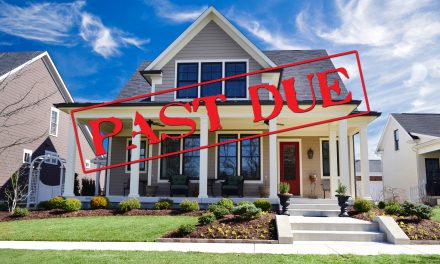Homeowners who have gone through a short sale or participated in a deed-in-lieu arrangement with their lenders may, beginning July 1, 2010, qualify for new mortgages under Fannie Mae programs in as little as two years from the recording of the short sale or deed-in-lieu arrangement. The current penalty period before recovery of credit is four years.
In order to qualify for the new loan after the two-year penalty period, the homeowner must:
- save a down payment of at least 20% towards their new home; and
- reestablish a good credit score under Fannie Mae’s credit scoring system, which takes into account Fair Isaac Company (FICO) credit scores.
In special circumstances, a homeowner may be able to qualify for a new loan after the two-year penalty period without a full 20% down payment if they can prove that their short sale or deed-in-lieu was due to a special circumstance such as:
- job loss;
- divorce; or
- medical expenses.
However, as Fannie Mae is requiring homeowners seeking this shortened two-year penalty period to reestablish their good credit under a FICO-based scoring system, non-traditional credit — credit history which is not reported in FICO scores, such as rental, utility or cellphone bill payments — will be ignored, cutting out a significant portion of the good financial behavior most homeowners established after the financial trauma of a short sale or deed-in-lieu.
first tuesday take: Implicit in these short sales and deed-in-lieu arrangements is the agreement between the lender and the homeowner that the loan secured by the property was no good from the get-go. The property pricing and lending processes during the Millennium Boom were broken, since they placed too heavy an emphasis on untested credit scores and too little on the realistic fundamentals which have always driven homeowner behavior: downpayment, employment and equity. [For more information on the inefficacy of the credit score, see the May 2009 first tuesday article, Credit after the NOD: the lender’s motivation to re-lend.]
Fannie Mae, Freddie Mac and the Federal Housing Administration (FHA) are taking these tentative steps towards keeping some of the existing homeowners in the market. These existing homeowners will serve as a source of demand needed to help bridge the gap between those who are buying for the tax credit and the next wave of first-time homebuyers. These government agencies know the housing market will not see a true rebound until these new first-time homebuyers come of age. [For more information on the next group of homebuyers, see the first tuesday Market Chart, First-time homebuyers and new housing.]
However, homebuyers are needed now to take the excess housing inventory off the market, recycle the housing inventory being placed on the market by retiring boomers looking to downsize and inject a little life into the existing real estate market so flush with real estate owned properties (REOs) and rentals. A stable housing market is key to the government’s policy push towards an ever greater rate of homeownership and the housing market cannot stabilize while it is dominated by millions of homeowners who lost or will lose their homes.
Foreclosures, whether strategic or caused by other economic circumstances, are not part of this Fannie Mae program. However, those who do default and are thrown into foreclosure, can now look to negotiating themselves into a new mortgage situation by saving the payments they would make on their underwater property, and use it to build up the necessary 20% downpayment to buy a new home in two or three years when the market has fully settled down. [For more information on the curative steps an underwater homeowner should consider taking, see the April 2010 first tuesday article, The underwater homeowner, his future and his agent: a balance sheet reality check, Parts I and II.]
The underwater homeowner should list the property and commence negotiations with the mortgage lender for a short payoff agreement at an agreed-to resale price and generate offers to submit to the lender for final payoff approval and closing of a short sale. Voila: in two years the homeowner could qualify for the Fannie Mae new mortgage plan, and probably with another guarantor of loans as that is just how competitive lenders work. If one lender dives in, the rest will follow, which is the exact conduct that got us into this debacle in the first place.
Thus, as the recovery continues on its slow road back to a stable real estate market, watch for more and more of this forgive-and-forget realism on the foreclosure crisis of the Great Recession. The next step is for Congress to let the bankruptcy judges cram down mortgage balances which exceed the value of their securities (properties) and keep homeownership in style, one insolvent homeowner at a time – just like the lenders will do when Congress finally steps up to the plate.
Re: “Fannie Mae to shorten waiting periods for some troubled borrowers to get new home loans” from the Los Angeles Times












